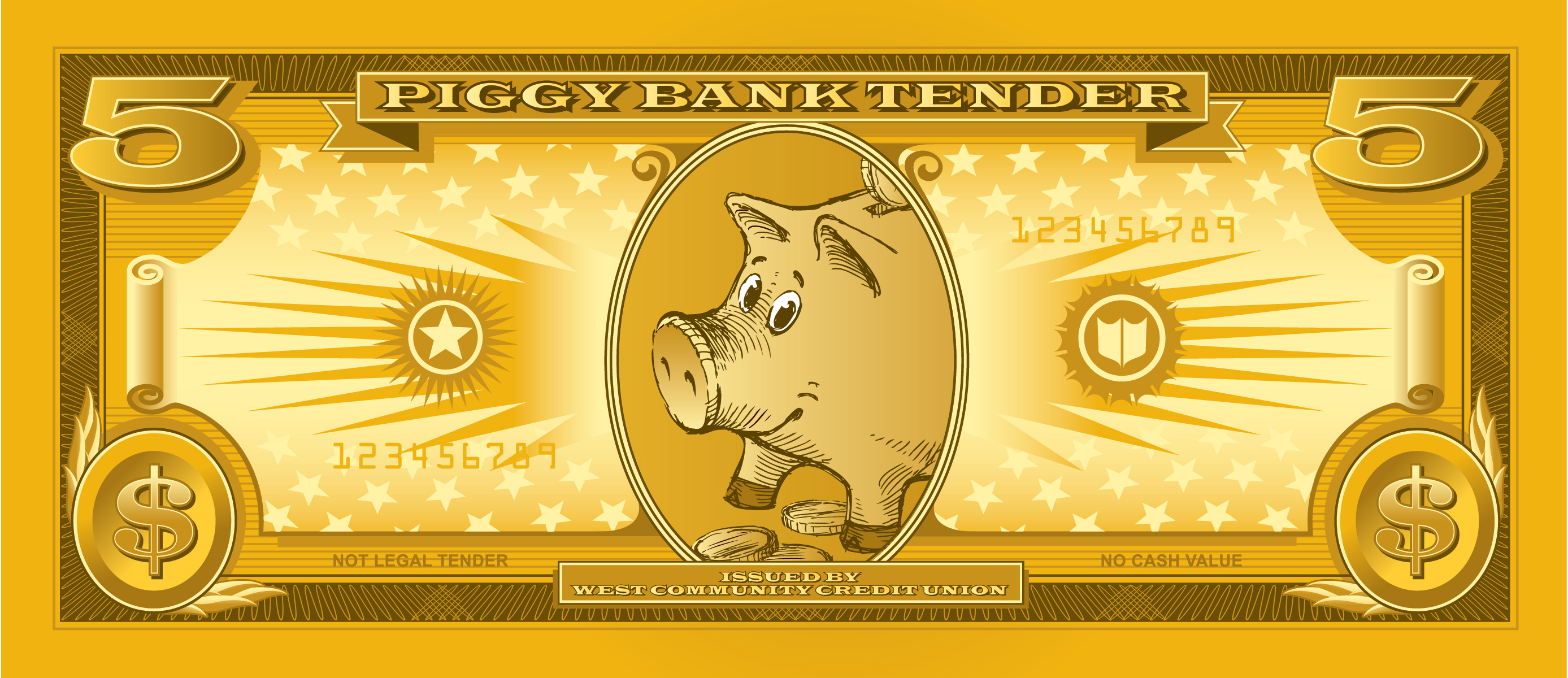One of the best ways to ensure your children grow up financially fit is to give them practice managing money with an allowance. But what’s the best strategies to giving an allowance? There are many theories on that.
Ron Lieber, personal finance writer for The New York Times, says he and his wife pay their 7-year-old daughter $3 a week, no chores necessary.
Lieber’s daughter puts $1 in a “save” jar and $1 in a “give” jar for a cause of her choosing. The final $1 she can spend as she wants. Lieber’s reasoning is that an allowance is a teaching tool, and making it contingent on chores muddies the issue. What if the children decide they don’t want money? Do they still have to do the chores?
Lewis Mandell, a financial economist and professor emeritus at the State University of New York, Buffalo, however, says unconditional allowances are a “terrible idea,” citing a 2000 study that showed kids who received a regular allowance left high school knowing less about personal finances than kids who received no allowance—though the differences were slight.
One problem may be that, like many Americans, kids aren’t the most diligent about saving. While 61% of parents pay an allowance, only 1% report that their children save any of it, according to a 2012 survey by the American Institute of CPAs.
The survey found that as children age, they receive a higher allowance, but across all ages the average take is $780 a year. That’s enough to buy an iPad or a good start for a college savings plan—if they were saving.
About 90% of the parents who paid their children an allowance required them to do chores to earn it, but only 81% had spoken to their kids about money management. More parents had spoken to their kids about good manners, their grades, and healthy eating habits than how to handle their money.
So how should you handle an allowance with your own children?
Use it as a teaching tool
Regardless of how your children earn an allowance, use it as a tool to reinforce good money habits from an early age. Talk about finances early and often, and set a good example.
Consider matching their savings
To encourage savings, tell your children for every $1 they set aside for long-term goals, you’ll match it in their Kids Savings Account. Share the monthly statements with them so they can see their money grow.
Let them make mistakes.
Actions have consequences that goes far beyond money, so it’s hard to let your kids fail. Most times, it’s easier to tell them “no” so their money stays in the bank. But it’s also important for them to experience the process of spending the money they’ve earned so they can learn that when it’s gone, it’s gone, and you have to keep working to earn more.
Include them in the decision
Discuss allowance amounts and what they should use their allowance for. The amount is your call, but allow their input. One idea is to have children set aside part of their allowance for spending, part for saving, and part for sharing. Explain what you’ll pay for and what they should be responsible for. For example, when you’re at the movies, maybe you agree to pay for movie ticket, but the Milk Duds are on them.
Gradually introduce them to financial products
Deposit their allowance into a Kids Savings Account, and later when they reach high school, a checking account with a debit card. Show them how to manage their accounts and track their balances. Explain what overdraft means and how it could incur fees if they spend more than what they have. You wouldn’t believe how many college students we come across that didn’t know not to spend more than was in their account. And of course, we’ll be here to help guide their personal finance education and goals.

Research shows that kids who learn to manage money at an early age are better prepared to handle their finances when they leave home. And, ultimately, teaching children good money skills is a sound investment for parents, who often are the ones helping their adult children when they run into real-world problems.




